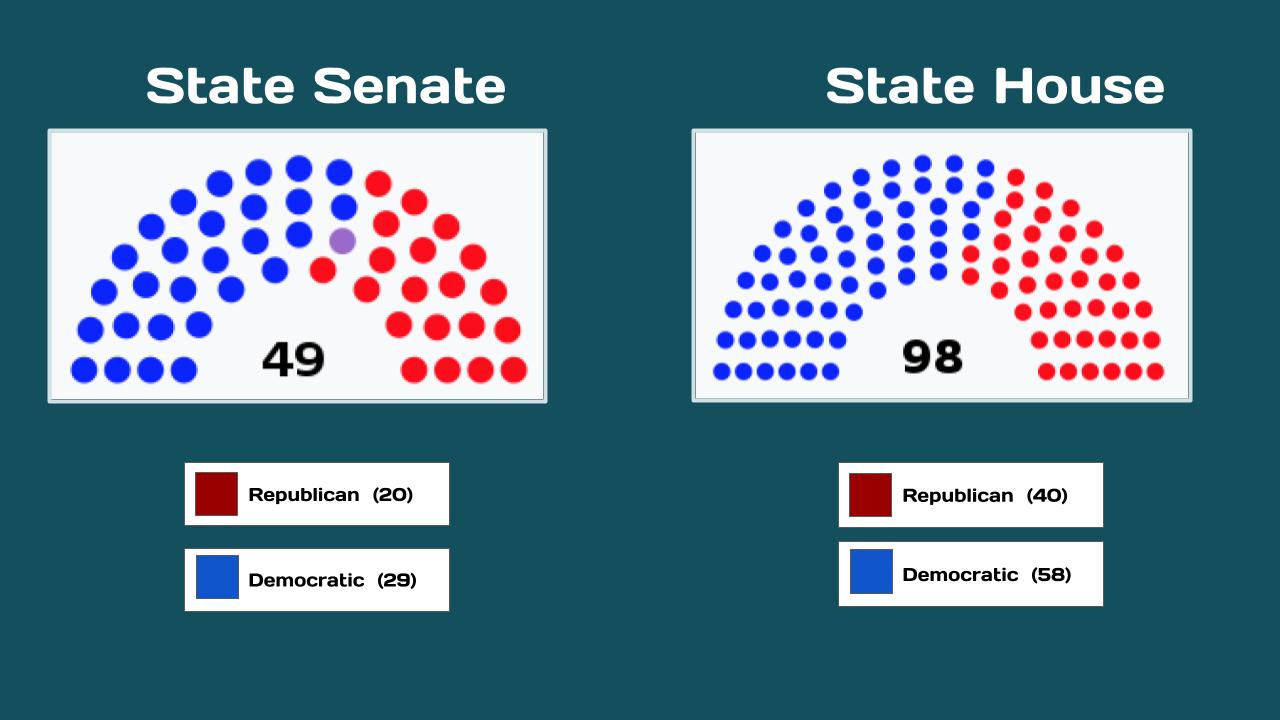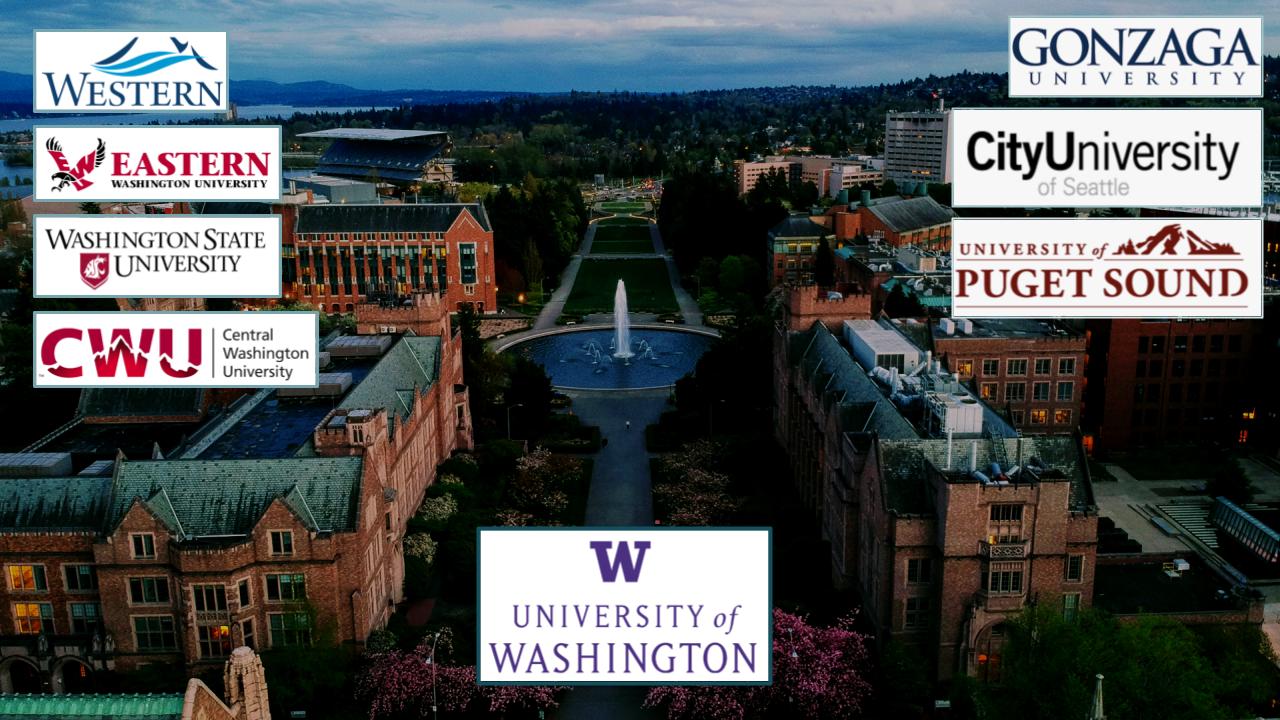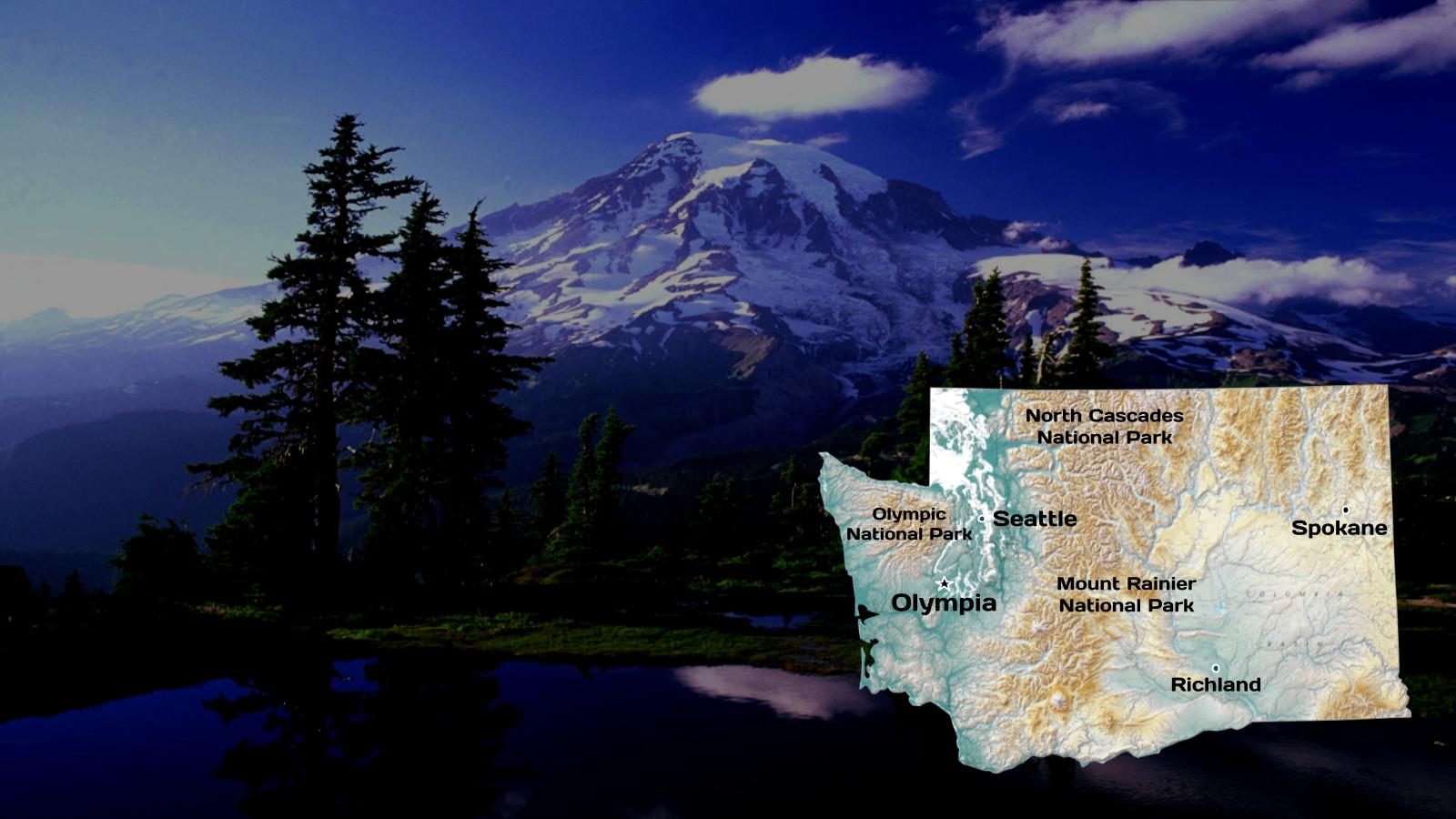The Washington State Legislature is the state legislature of the U.S. state of Washington. It is a bicameral body, composed of the lower Washington House of Representatives, composed of 98 Representatives, and the upper Washington State Senate, with 49 Senators plus the Lieutenant Governor acting as president. The state is divided into 49 legislative districts, each of which elect one senator and two representatives.
The State Legislature meets in the Legislative Building at the Washington State Capitol in Olympia.
As of March 2021, Democrats control both houses of the Washington State Legislature. Democrats hold a 57-41 majority in the House of Representatives and a 28-21 majority in the Senate (with one Democratic senator caucusing with the 20 Republicans).
Source: Wikipedia
OnAir Post: WA Legislature




